All Available Episode
All Season 1 Episode
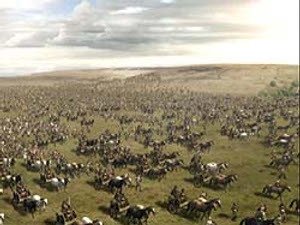
1. Boudicca's Rebellion
The story begins in 60AD when a brutal assault on Boudicca and her daughters turned the queen into a rebel leader. It was perfect timing - much of the Roman army was in Anglesey, carrying out a slaughter of the Druids. Boudicca marched her entire tribe and their neighbours on the centre of Roman rule, Colchester, which was torched. London was next; it, too, burnt to the ground. The final confrontation between the two armies took place somewhere north of St Albans. The exact location is a matter of debate but Peter and Dan investigate the most recent suggestion: an area near the village of Paulerspury. Peter uses the remarkable computer graphics to show the Romans’ predicament – outnumbered 10 to one, it was only their discipline, tactics and the cunning choice of battlefield by Suetonius Paulinus that swung the battle in their favour.
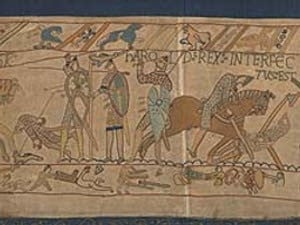
2. The Battle of Hastings
The story starts in January of 1066. Following the death of King Edward the Confessor, Harold seized control of England.The move enraged William who saw himself as the rightful holder of the crown. He immediately prepared an army to invade. Harold readied his troops along the south coast but as he awaited the onslaught from across the Channel another came from an entirely unexpected direction:Vikings had landed in Yorkshire. Harold rushed his army to Stamford Bridge and successfully fought off the Norse invaders, but this was precisely the moment William made his move. The Norman army was in England and heading towards Hastings. What followed was a battle for the survival of Anglo-Saxon rule in this country but, in one of the most famous incidents of British history, Harold was killed when an arrow struck him in the eye.The Saxon defence crumpled and Norman rule in Britain was assured.The consequences of this were far-reaching – it brought about a change of ruling class, dynasty, language and culture.
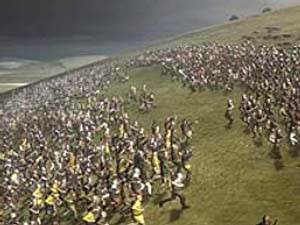
3. Owain Glyn Dwr and the Battle for Wales
By 1400, Wales had been ruled by English kings for over a century. Laws dictated where in Wales the Welsh could live, what jobs they could have, even who they could marry. Then in 1400, a Welsh nobleman, Owain Glyndwr, had land seized from him by a neighbouring English Lord. This prompted the outraged Glyndwr to lead a rebellion of independence against English rule that raged for over 10 years. Peter and Dan trace the path of the rebellion, starting with the dramatic defeat of the English on the phenomenally steep slopes of Pilleth.They describe how the battle of Shrewsbury – scene of the biggest clash between longbowmen ever seen on British soil – deprived Glyndwr of a powerful ally; and how, in a little-known moment of history, the Welsh invaded England. This final showdown, outside Worcester, brought any hope of Welsh independence to an end.
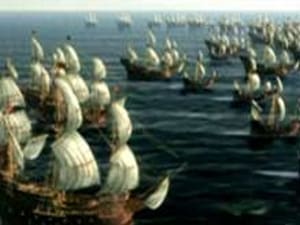
4. The Battle Against the Spanish Armada
Led by the Duke of Medina Sidonia, the Spaniards planned to sweep the Queen of England from her throne. All that stood in their way was a small navy led by Queen Elizabeth's cousin, Admiral Lord Howard, and the nation's favourite pirate, Francis Drake. In the summer of 1588, a vast Spanish invasion fleet sailed up the English Channel. England braced itself against invasion by the southern superpower and over the next 11 days, a series of ferocious sea battles ensued. Presenters Peter and Dan Snow demonstrate the different tactics the two sides used, how the English managed to fend off the bigger, more heavily armed ships, and how Spanish ships remained afloat despite being struck by English guns.
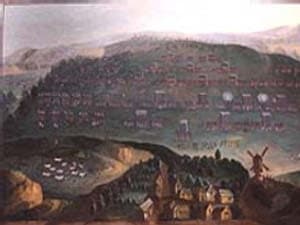
5. Battle of Naseby
By 1645, the British Isles had been torn apart by fighting between the Royalists, who supported Charles I and his Divine Right to rule the country as he wished, and the Parliamentarians, who were unified in their belief that the King should serve the country in the best interests of the people. The Parliamentarians first suffered defeat at the battle of Newbury, which enraged newly appointed Oliver Cromwell to such an extent that he created Britain's first national army to be unified by discipline, uniforms, regulations, training, and command. The Battle of Naseby saw Oliver Cromwell's New Model Army win the decisive battle of the English Civil War, effectively bringing an end to the absolute power of the monarchy.
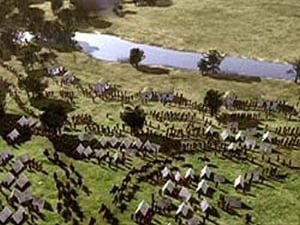
6. Battle of the Boyne
By 1688, Roman Catholic King James II had so alienated the Protestant majority of England that they ousted him from the throne. At the request of Parliament, William Prince of Orange became king and James fled to Ireland, his Catholic stronghold. William attacked the banks of the Boyne in July of 1690. Peter recounts each attempt by the Jacobites to repel the Williamites, while Dan attempts to understand the difficulties of the frontline troops who had to cross the river whilst keeping their gunpowder dry.

7. Battle of Culloden
Peter and Dan Snow venture to the Highlands of Scotland and use state-of-the-art graphics to recreate the 1746 Battle of Culloden in which Bonnie Prince Charlie led the Jacobite army against George II's redcoats in an unsuccessful bid to restore his family to the throne. The duo reveal how close he came to victory and the impact of the defeat on Scottish culture and religion.

8. Battle of Britain
The final instalment looks to the skies and the RAF's struggle to prevent a Nazi invasion in the darkest days of WWII when Britain stood alone.
